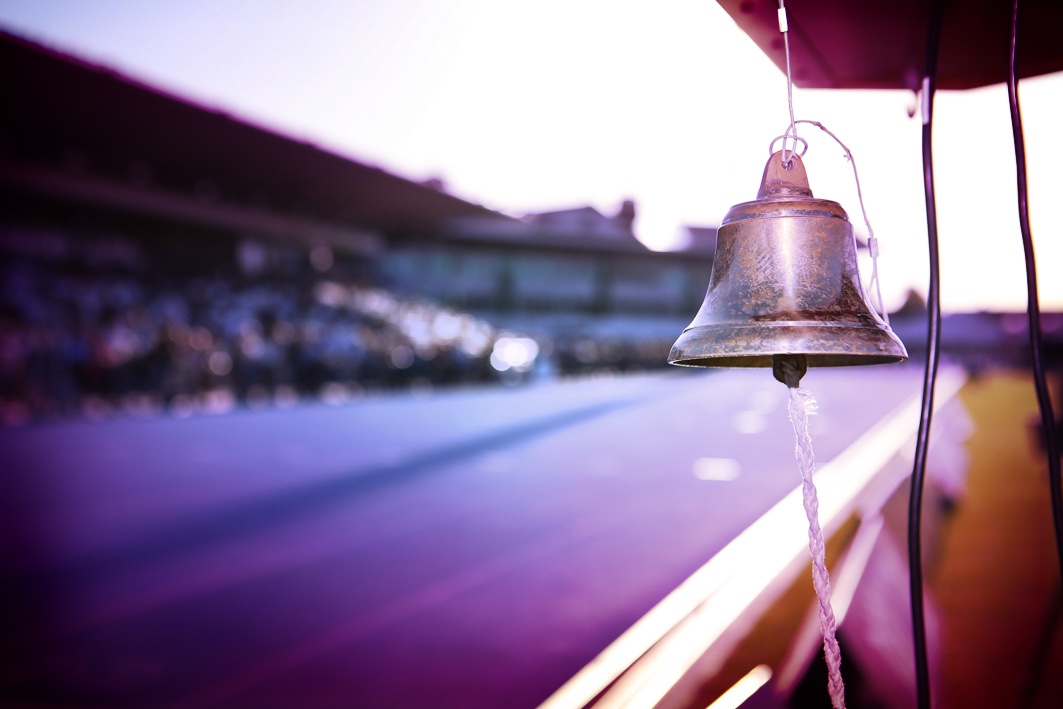Len Johnson – Runner’s Tribe
Whenever my gaze is drawn to what, in the circumstances, might be called the ‘wrong’ side of our microwave, I find John Stanley, Chris Wardlaw and Dave Fitzsimons looking back at me.
Surprisingly, perhaps, the images of these three distinguished Australian distance runners of the 1970-80s appear on bottles of Ruby Port. It was a feature of the Bacchus 12,000 race that every finisher received a bottle of a cheeky young port and that the label on said bottle displayed an image of the previous year’s winner.
The immaturity of the wine, mirrored by the immaturity of many runners, lent itself to unwise consumption, but that is a whole other story.
The Bacchus 12,000, held each Easter in the Riverina town of Griffiths, was one of those races in small places which unaccountably drew top-class fields. In those simpler, pre-professional, times, all that was needed to attract a top field was a slightly exotic location and the offer of a prize such as a return air ticket to another race.
The Bacchus was linked with San Francisco’s famous Bay to Breakers, as were several other Australian fun runs. One of the tricks of the trade back then was to find a race generous enough to be offering an overseas trip, but not well-known enough to attract a high-class field.
This often led to quick re-assessments when a dangerous rival turned up. Chris Wardlaw made a dash to the car at Griffith one year in search of his racing flats after his Montreal Olympic teammate Fitzsimons turned up.
Another time, at the Gosford-Terrigal fun run, Bill Scott was surprised to find Robert de Castella alongside him on the line, but imagine the shock experienced by Julian Goater. The British international, in Australia with his university club on a running holiday, turns up at an up-country fun run to find two of Australia’s best on the line beside him. Sack the travel agent, I’d reckon.
What are now known as road races were called fun runs back then. Mostly, this was to reflect the reality that the events were for the masses as much as the elites. Commonly, races were organised by service clubs or community clubs as charity events or fund-raisers. A more democratic approach was sometimes reflected in the prize distribution as well, the ‘trip for two’ decided by a random draw rather than automatically going to first across the line.
While there were plenty of mundane names – The Melbourne Fun Run, for example, there were more imaginative ones, too. The Bacchus 12,000 reflected the fact that the race was 12 kilometres, but also that the main sponsors were the local Riverina wineries.
One of my favourites was a race I never ran, the Fisher’s Ghost Fun Run. Not only never ran it, but never even knew where it was run. It had that element of mystery about it: what was the significance of Fisher, much less his ghost.
Turns out it was, and still is, in Campbelltown, now surrounded by Sydney’s urban sprawl but then on the city’s rural outskirts. If you want to know more, check out the footnote below.
The Bacchus, too, survives, though it has now found a home around Lake Wyangan and is a 10km.
In its heyday, the Bacchus was run and won by some of Australia’s best. The first six individual male winners were John Stanley (1975), Chris Wardlaw (1977-78), Dave Fitzsimons (1978), Robert de Castella (1979), Steve Austin (1980-81) and Andrew Lloyd (1982).
The first five women’s winners were our first sub-2:40 marathoner, Liz Hassall (1975), Rosemary Bell (1976-77), Lynne Williams (1978-79, 1981) and Megan Sloane (1980). Krishna Stanton, originally from the neighbouring town of Leeton, won her ‘local’ race in 1987, 1991 and 1994.
That’s a pretty substantial line-up of champions for a country fun run.
I made the Easter trip to Griffiths four times – judging by the port bottles – though I can find only three results. My best was ninth in 1979, a fair way behind ‘Deek’ but I recall having everyone from fourth to eighth in sight as we approached the finish on a local sports oval.
On one of these trips I made an interesting family discovery, which I owe – indirectly at least – to the practice of giving finishers that bottle of immature port.
Several Melbourne clubs used to travel up in numbers for the race. This year, the members of one club – which shall remain anonymous, though they wore green and white hoops – had a second ‘race’ to see who could consume the contents of the bottle fastest.
A little while later, I came across one of the competitors in the social club lining up empty beer cans and kicking them in the general direction of the Griffiths Football Club’s honour board. I gently suggested this was not the best idea he had ever had, then took a closer look at the board. My uncle, who had lost his life in Singapore in the second World War and for whom I was named, had coached Griffiths during his Aussie Rules playing days.
Perhaps that’s why I’ve never been able to throw out the bottle of ruby port with Dave Fitzsimons’ picture on the label. Blowed if I know why I’ve still got the other three!
Footnote: The Fisher’s Ghost Fun Run is part of the annual Fisher’s Ghost Festival. You can find the Wikipedia version of it here.

















